-

- Sopto Home
-

- Special Topic
-

- Multiplexer Knowledge
-

- Transport Protocols Development Overview
Multiplexer Knowledge
- Why is Multiplexing Needed in Data Communication Systems?
- What is Concept of Multiplexing in Telephone System?
- What is Digital TV Frequency?
- Outlook of the WDM Networks
- DWDM Technical Overview
- CWDM Technical Overview
- How to Activate Cable Modems?
- How to Install a Fiber Optic Modem?
- How do I Choose a Best Fiber Modem?
SOPTO Special Topic
Certificate



Guarantee
Except products belongs to Bargain Shop section, all products are warranted by SOPTO only to purchasers for resale or for use in business or original equipment manufacturer, against defects in workmanship or materials under normal use (consumables, normal tear and wear excluded) for one year after date of purchase from SOPTO, unless otherwise stated...
Return Policies
Defective products will be accepted for exchange, at our discretion, within 14 days from receipt. Buyer might be requested to return the defective products to SOPTO for verification or authorized service location, as SOPTO designated, shipping costs prepaid. .....
Applications
Multiplexers can be used to connect PBX, Hot line and other devices of network from central site to user site through fiber optical cable.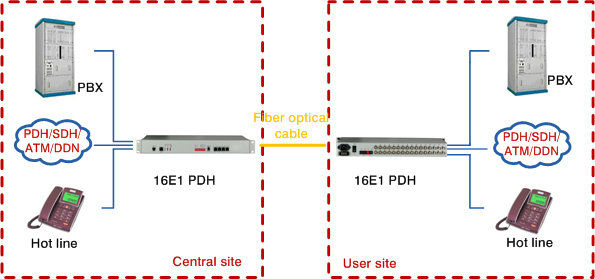
SOPTO Products
- Fiber Optic Transceiver Module
- High Speed Cable
- Fiber Optical Cable
- Fiber Optical Patch Cords
- Splitter CWDM DWDM
- PON Solution
- FTTH Box ODF Closure
- PCI-E Network Card
- Network Cables
- Fiber Optical Adapter
- Fiber Optical Attenuator
- Fiber Media Converter
- PDH Multiplexers
- Protocol Converter
- Digital Video Multiplexer
- Fiber Optical Tools
- Compatible
Related Products
Performance Feature
High integration desig
Low power consumption
Good EMC, EMI
Stable and Reliable
Multiplexer Knowledge
Recommended
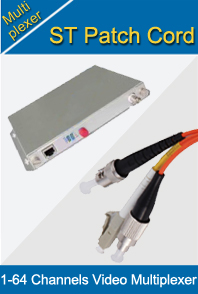
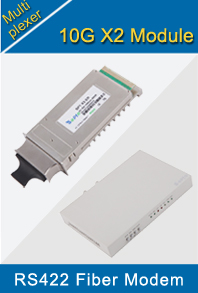
Transport Protocols Development Overview
Transport protocols have evolved over a very long time, and each generation has inherited many attributes and behaviors from its predecessors. The dominant protocol in the transport network over much of the past two decades has been the synchronous digital hierarchy (SDH). Recently, however, the optical transport network (OTN) has taken hold as the protocol of choice.
SDH was originally designed to efficiently transport DS1, DS3, and E1 by defining containers of 1.5, 2, and 50 Mbits/s. This fine granularity was well suited for the typical client bandwidths of that time, but it prevented SDH from scaling to efficiently carry larger payloads such as 10-Gigabit Ethernet (10GE).
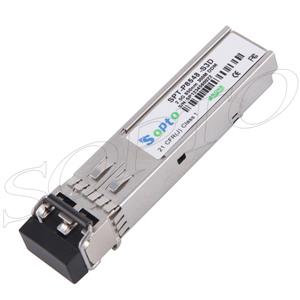
SDH 2.488Gbps SFP Optical Transceiver
Initially, SDH network elements were connected directly by fibre-optic cables and served as the photonic and physical layers of the open systems interconnect (OSI) protocol stack. Later, the need for increased bandwidth over a single fibre led to the deployment of wavelength division multiplexing (WDM) technology to create an underlying transport network to the existing SDH network infrastructure. This resulted in service providers needing to operate two separate transport layer networks.
Dense wavelength division multiplexing (DWDM) networks transport client data transparently. While SDH technology transparently transports plesiochronous digital hierarchy (PDH) signals, it requires adaptation or partial termination for data signals and for multiplexing lower-rate SDH signals. This causes issues when transporting one service provider’s SDH signals through another service provider’s network due to the lack of overhead transparency.
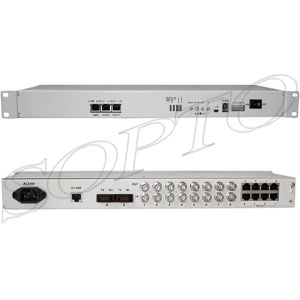
The definition of OTN came at a time when all of these issues were well understood. OTN was consequently expressly defined to focus on the transport of larger-bandwidth signals, encompass both DWDM and time division multiplexing (TDM) transport network layers, and provide transparent transport of client signals.
For more information, please browse our website or contact a Sopto representative by calling 86-755-36946668, or by sending an email to info@sopto.com.



